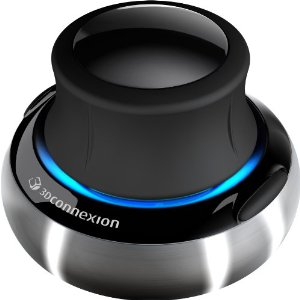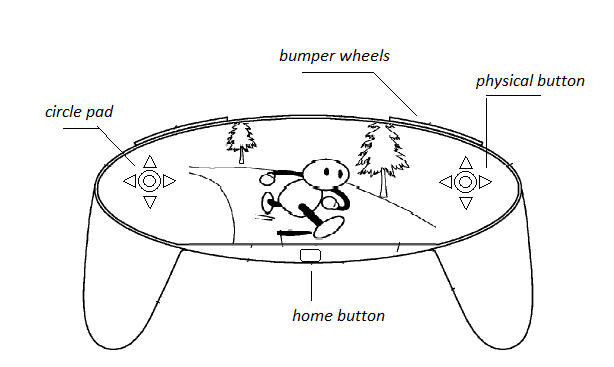Graphics Horse
Member
Well a single physical button would be the stick, but there's the old problem of stick buttons traditionally being crap because of needing to avoid accidental inputs from lateral force. An unusual stick design as discussed above might help, not sure.
Absolutely, but I'm looking at it from a p.o.v of Nintendo wanting to innovate a new control interface again. It could be that they don't care so much about that on the home side this time.
The reasons for the innovation are:
Both of these factors are important for a handheld, but not necessarily a home console controller.
- Increasing screen size without increasing over all device size
- Providing a sense of immersion by hiding all inputs with your thumbs and having the screen shape resemble a human FOV
Absolutely, but I'm looking at it from a p.o.v of Nintendo wanting to innovate a new control interface again. It could be that they don't care so much about that on the home side this time.




